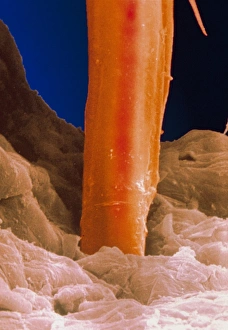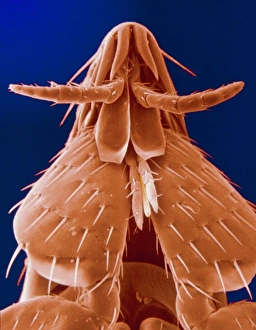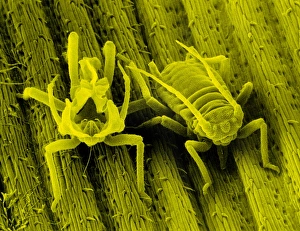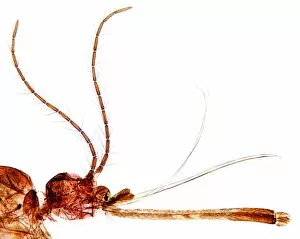Stylet Collection
"The Art of Stylet: From Medieval Writing to Microscopic Marvels" Step back in time and discover the fascinating world of stylets
All Professionally Made to Order for Quick Shipping
"The Art of Stylet: From Medieval Writing to Microscopic Marvels" Step back in time and discover the fascinating world of stylets. In this captivating journey, we explore the diverse uses and intricate designs of these slender instruments throughout history. Let's begin with "The Blessed Henry Suso, " a mesmerizing painting from the 17th century. As we admire this oil on canvas masterpiece, we can't help but wonder if Suso ever used a stylet for his writings, just like those depicted in "Styli used for writing in the 14th century. " But they are not limited to human hands; nature has its own versions too. Take a closer look at the microscopic wonders captured by electron microscopes - the delicate proboscis of a mosquito, or perhaps even more unsettling, the piercing mouthparts of bedbugs and fleas. Intriguingly, these tiny creatures rely on their stylets for survival. The bird cherry aphid demonstrates its prowess as it delicately pierces plant tissue with its minuscule stylus-like structure. Moving away from insects, let's delve into other realms where stylets play an essential role. A wasp sting is magnified under light microscopy, revealing its sharpness and precision. Similarly, a gnat head showcases intricate details that make up its feeding apparatus. From ancient scribes to blood-sucking pests and nature's predators alike – all have found ingenious ways to utilize stylets for their specific needs. Whether it be leaving indelible marks on parchment or extracting vital nourishment from unsuspecting hosts – these unassuming tools continue to captivate our imagination. So next time you put pen to paper or encounter an insect bite, spare a thought for the humble yet versatile stylet – an instrument that has left an indelible mark across centuries and species alike.












